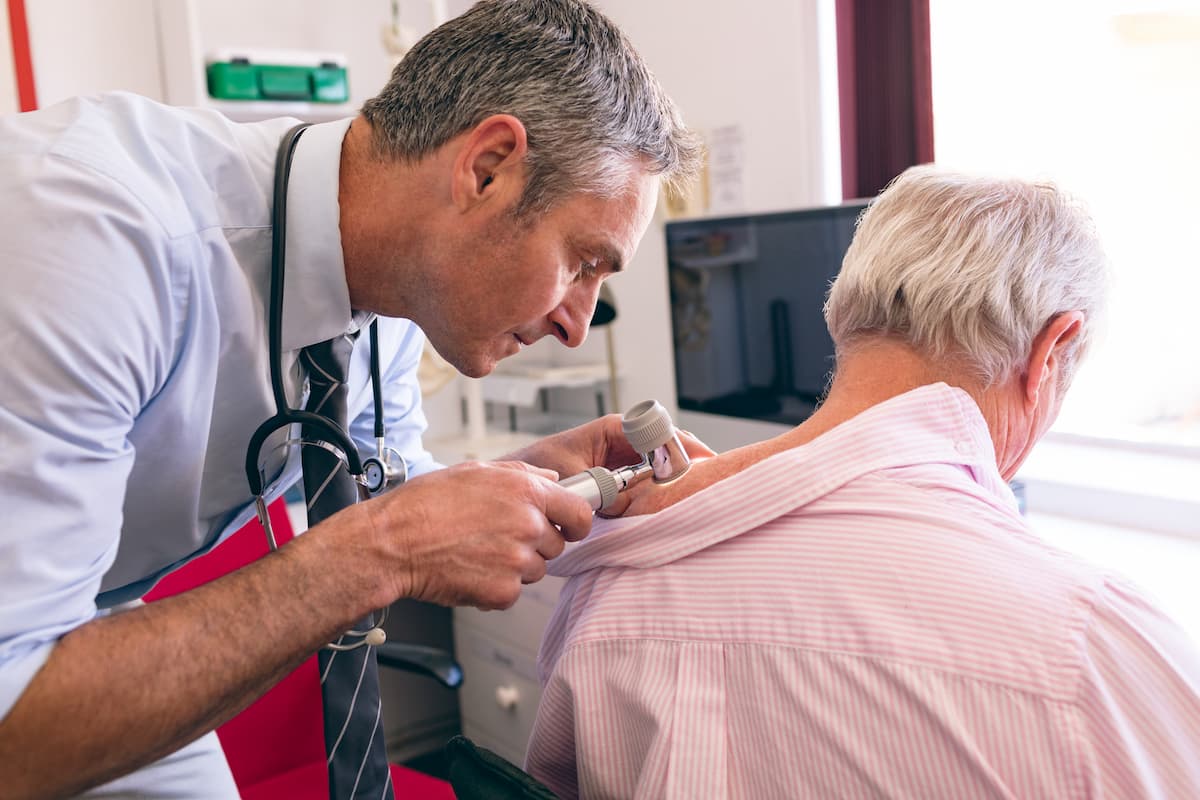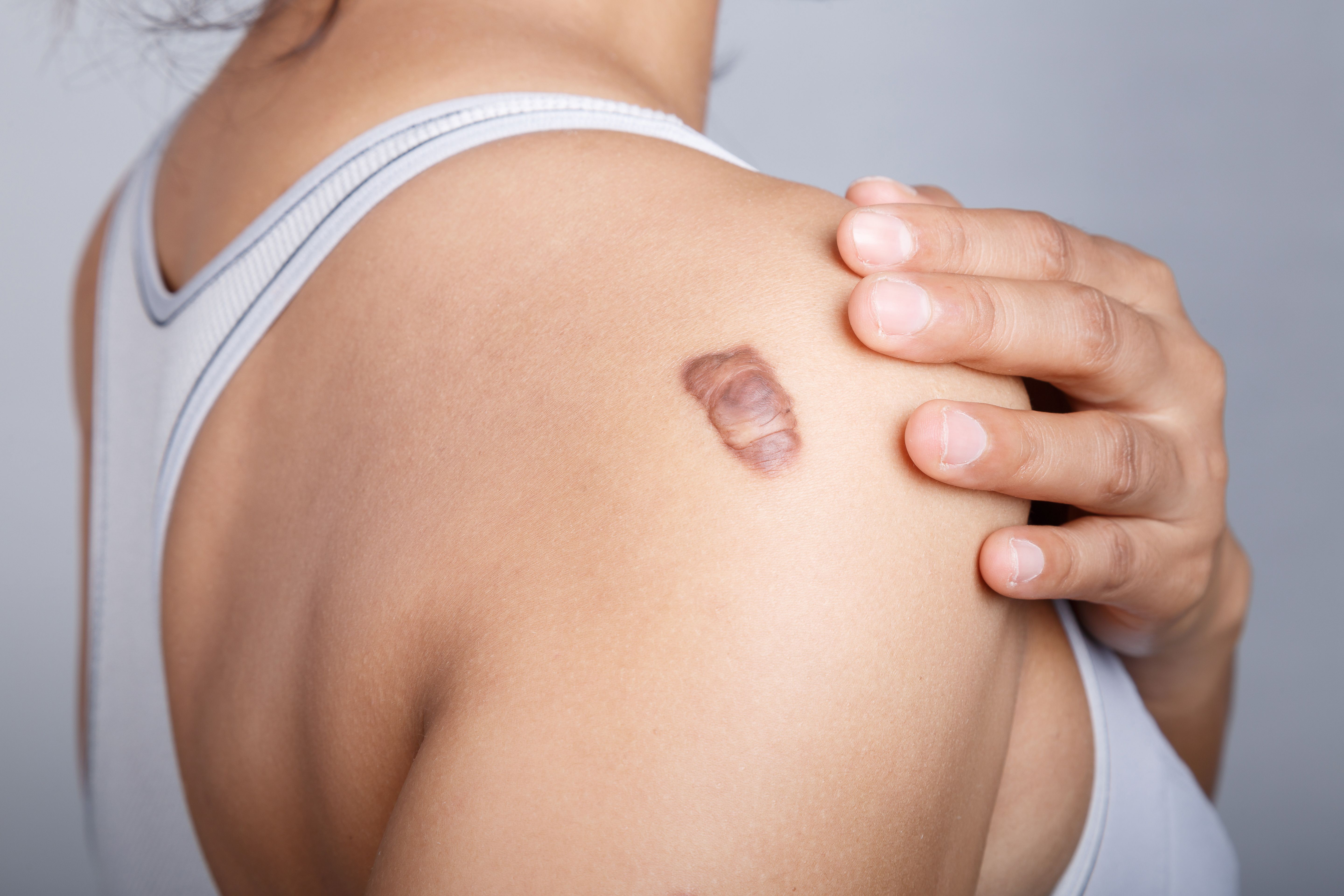News
Article
Diabetes Drug Metformin May Have Another Use: Protecting Against Skin Cancer
Author(s):
However, metformin did not protect Black patients against squamous cell carcinoma specifically.
Metformin, a widely prescribed medication for type 2 diabetes, may help protect individuals from the 2 most common types of skin cancer: basal cell carcinoma (BCC) and squamous cell carcinoma (SCC).1 These findings were published in the Journal of Drugs in Dermatology.
Patients taking metformin had significantly lower risks of developing BCC and SCC than those not on the medication. | Image credit: Giama22 – stock.adobe.com

“This study strengthens the evidence supporting metformin's potential as a protective agent against non-melanoma skin cancer, especially after adjusting for medications associated with increased risk of skin cancer,” the research authors said.
To come to this finding, researchers analyzed retrospective National Institutes of Health data of more than 8000 individuals with BCC and more than 4100 with SCC, comparing them against a control group without skin cancer. Each patient with skin cancer was matched with 4 individuals of the same age, sex, race, and ethnicity without cancer.
Their findings revealed that patients taking metformin had significantly lower risks of developing BCC and SCC compared with those not on the medication. When looking at just the relationship between the diabetes drug and skin cancer risk without adjusting for other factors, patients had 54% lower odds of developing BCC and 35% lower odds of SCC. The authors also adjusted for use of hydrochlorothiazide, photosensitizing medications, tumor necrosis factor (TNF) inhibitors, and statins, all of which have been linked to a heightened risk of skin cancer. After adjusting, the risk was further reduced, with 67% lower odds of BCC and 55% lower odds of SCC among those taking metformin.
However, this protective effect was not significant for Black patients when it came to SCC, who only had 39% lower unadjusted odds compared with Black patients not taking metformin, although this percentage increased to 78% in multivariable analysis.
“This discrepancy could stem from the fact that SCC in these patients often develops in sunprotected areas and is strongly linked to chronic scarring and inflammation, factors that may not be influenced by metformin use,” the study authors noted.
With about 5.4 million cases of nonmelanoma skin cancer diagnosed annually in the US, these findings could pave the way for new preventive strategies in high-risk populations.2
“This study strengthens the evidence supporting metformin's potential as a protective agent against non-melanoma skin cancer, especially after adjusting for medications associated with increased risk of skin cancer,” the authors said.1
The study authors noted a handful of limitations in their findings. First, the reliance on electronic health records for prescription data may lead to underestimation of metformin use, as cases of nonprescription access are not captured. Identifying skin cancer cases through diagnostic codes could also introduce misclassification bias due to potential errors or inconsistencies in coding, and the lack of detailed clinical data—such as histopathological features and information on diagnosing providers—limits the ability to fully characterize these cases.
The retrospective nature of the analysis may have also resulted in unmeasured confounding factors, despite adjustments for various potential confounders. It’s important to note that metformin use in this paper was categorized as “ever use” and “never use,” so it is currently unclear if the risk reduction is seen with a certain dosage or length of use. The authors called for further investigation into metformin as a chemopreventive agent, especially in patients of color.
“While previous population-level studies have yielded mixed results, the nuanced variations among racial groups found in our study underscore the need for personalized approaches in evaluating metformin's anti-cancer properties, emphasizing its potential significance in skin cancer prevention,” they concluded.
References
- Haq Z, Mirza FN, Abdi P, Diaz MJ, Libby TJ. Metformin use and risk of non-melanoma skin cancer: a propensity-matched case-control study. J Drugs Dermatol. 2024;23(12):1089-1095. doi:10.36849/jdd.8249
- Key statistics for basal and squamous cell skin cancers. American Cancer Society. Updated October 31, 2023. Accessed January 15, 2025. https://www.cancer.org/cancer/types/basal-and-squamous-cell-skin-cancer/about/key-statistics.html




